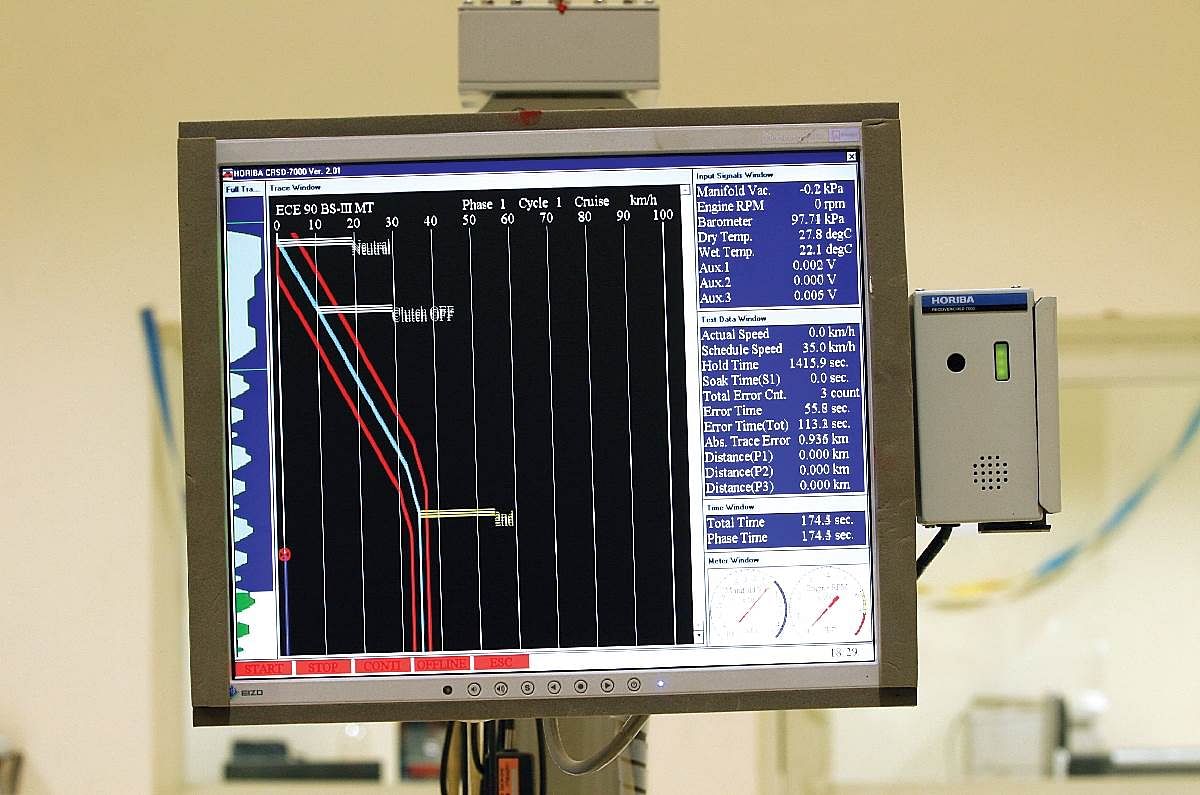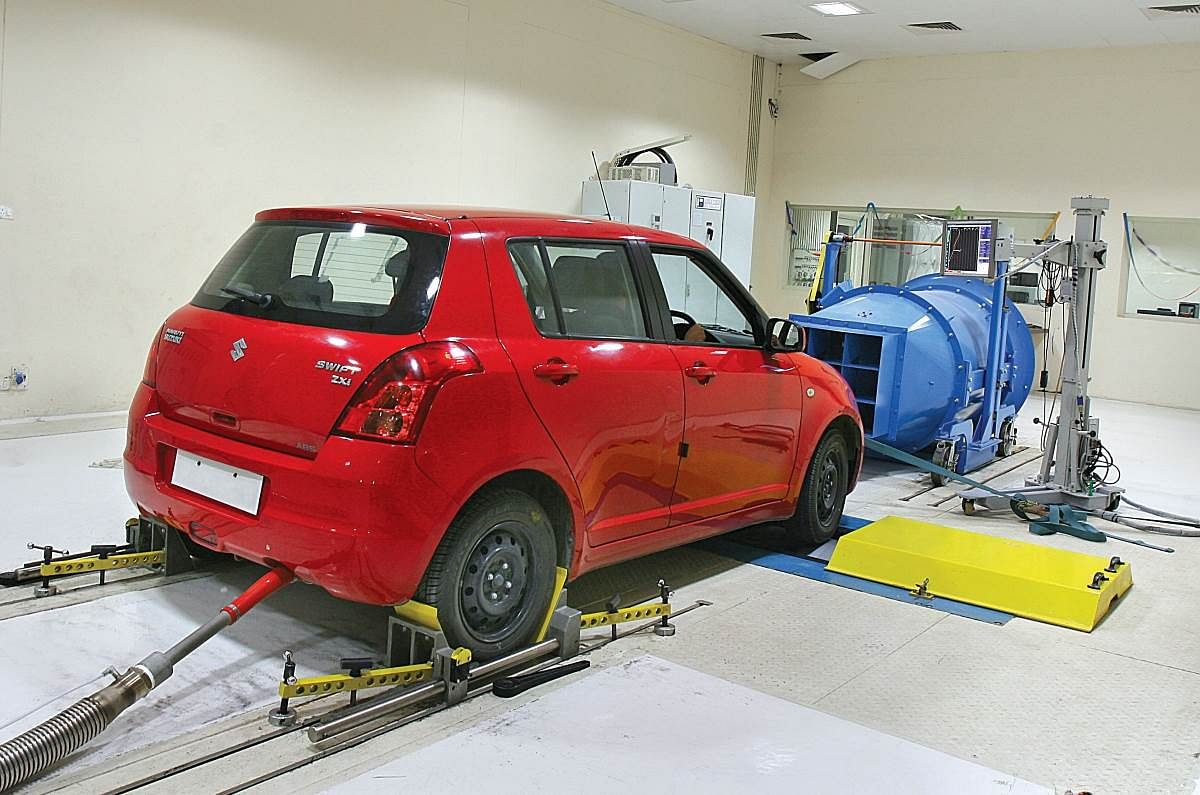RDE Norms: all you need to know
Indian car manufacturers are now required to perform tests under both laboratory and real-world conditions, as stricter Real Driving Emissions (RDE) regulations have been implemented.
What does RDE stand for?
RDE stands for a Real Driving Emissions test. It is called ‘Real’ because, unlike all other tests, it is conducted in the real world, out on the roads and in the traffic. In a laboratory test, cars follow a fixed set of speed, time and distance parameters. Out in the real world, the test car is subjected to only broad speed ranges. And since it is subject to real traffic, which includes normal bursts of acceleration and frequent changes in speed, the results are more real than what you get in a lab.
Why is there a need for an RDE test?
Real-world tests are needed to reduce the gap between laboratory or rolling road tests and those produced in the real world. Introduced primarily to reduce the impact of smart software on lab-based emissions tests, such as the ones responsible for the Dieselgate emissions scandal, this test helps provide a real-world reference point for legislators to compare.

What the driver sees while conducting the Indian Driving Cycle test on a rolling road.
Also important is the fact that as we progress towards greater electrification and tighter emissions norms, these real-world tests are crucial in keeping the lab results grounded. This gap between lab results and real-world tests is also why we at Autocar India do exhaustive real-world fuel economy tests.
When were the RDE norms introduced in India?
RDE norms came into effect in India on April 1, 2023, and it’s part of Bharat Stage 6 Phase II emissions norms. Now all cars have to be tested both on the MIDC (Modified Indian Test Cycle) in the lab as well as in real-world conditions on the road. The two figures are then co-related, by adding a conformity factor.
How is the RDE test conducted?
The RDE test is conducted on a set route in traffic and at predefined speeds. Each testing body in India has its own route. The Automotive Research Association of India has its route in Pune and ICAT (International Centre for Automotive Technology) has it outside Delhi. The tests, however, can be performed on roads anywhere, and it is this that poses the toughest challenge for manufacturers trying to certify a car.
 Lab tests on chassis dynos will continue to be important, but the driving cycle will be updated in the future.
Lab tests on chassis dynos will continue to be important, but the driving cycle will be updated in the future.
In India, the test is currently done in three phases – city, rural and highway. In the city, a speed of around 45kph is maintained, and on rural roads, this is increased to 65kph. Higher speeds are used on the highway. The test duration is set between 90-120 minutes, and there are some specific boundary conditions such as how smoothly you can drive, or how much you can coast so as not to affect the test. During the test, the cars are loaded with emissions measuring equipment known as Portable Emissions Measurement System (PEMS) – basically a mobile exhaust gas analyser that gives you values for emissions like oxides of nitrogen and particulate matter depending on the modules you plug in.
What is the MIDC? What is WLTP?
The Modified Indian Driving Cycle is currently the speed-distance-time ‘map’ used for testing both fuel efficiency and emissions norms in India. Based on the earlier Indian Driving Cycle, which itself is based on the New European Driving Cycle, the MIDC is now an old cycle that needs to be updated to make it more relevant.
A new test based on WLTP (Worldwide Harmonised Light Vehicle Test Procedure) where stronger acceleration and deceleration take place is being worked on for India. The new test runs cars on slopes and gradients and makes turbocharged direct injection engines run at higher engine speeds so that the turbo gets spinning. It also makes allowances for electrified cars and sets out procedures where you can test them. This is likely to further reduce the differential between lab and real-world tests from the roughly 15-40 percent it is today. India is likely to adopt this new WLTP cycle in April 2027.
What changes can we expect once we go to a WLTP-based cycle in India?
The WLTP driving cycle we adopt will be much longer and more detailed than the MIDC test we have today. Unlike the current cycle that has urban and highway phases, WLTP is split into four parts, based on low, medium, high and extra-high average speeds. Each part will have its own stop time, acceleration profile and braking points. Unlike earlier, gear shift points will not be mandated. There will also be a series of test cycles for hybrid and electric vehicles. New norms will be mandated for electrified cars with batteries, the test conducted both with the battery fully charged and totally depleted. And there will be norms for EVs as well.
RELATED ARTICLES
Festive Cheer, Reform Reset: Auto Sales See Sharp Rebound
A combination of tax cuts and proactive moves by the industry leads to one of the best festive season performances by th...
How a Stalled Bike Rally in Lucknow Gave Birth to the World’s Largest Helmet Empire
As India emerges as a viable manufacturing hub for global companies, Studds Accessories is leveraging its dominance in t...
Future-Proof and Fuel-Smart: Bajaj Auto’s Three-Wheeler Strategy for a Changing India
From CNG to electric, Bajaj Auto is reimagining the three-wheeler ecosystem with a pragmatic, multi-fuel strategy aimed ...






 05 Apr 2023
05 Apr 2023
 21724 Views
21724 Views





 Darshan Nakhwa
Darshan Nakhwa


 Shahkar Abidi
Shahkar Abidi

 Ketan Thakkar
Ketan Thakkar

